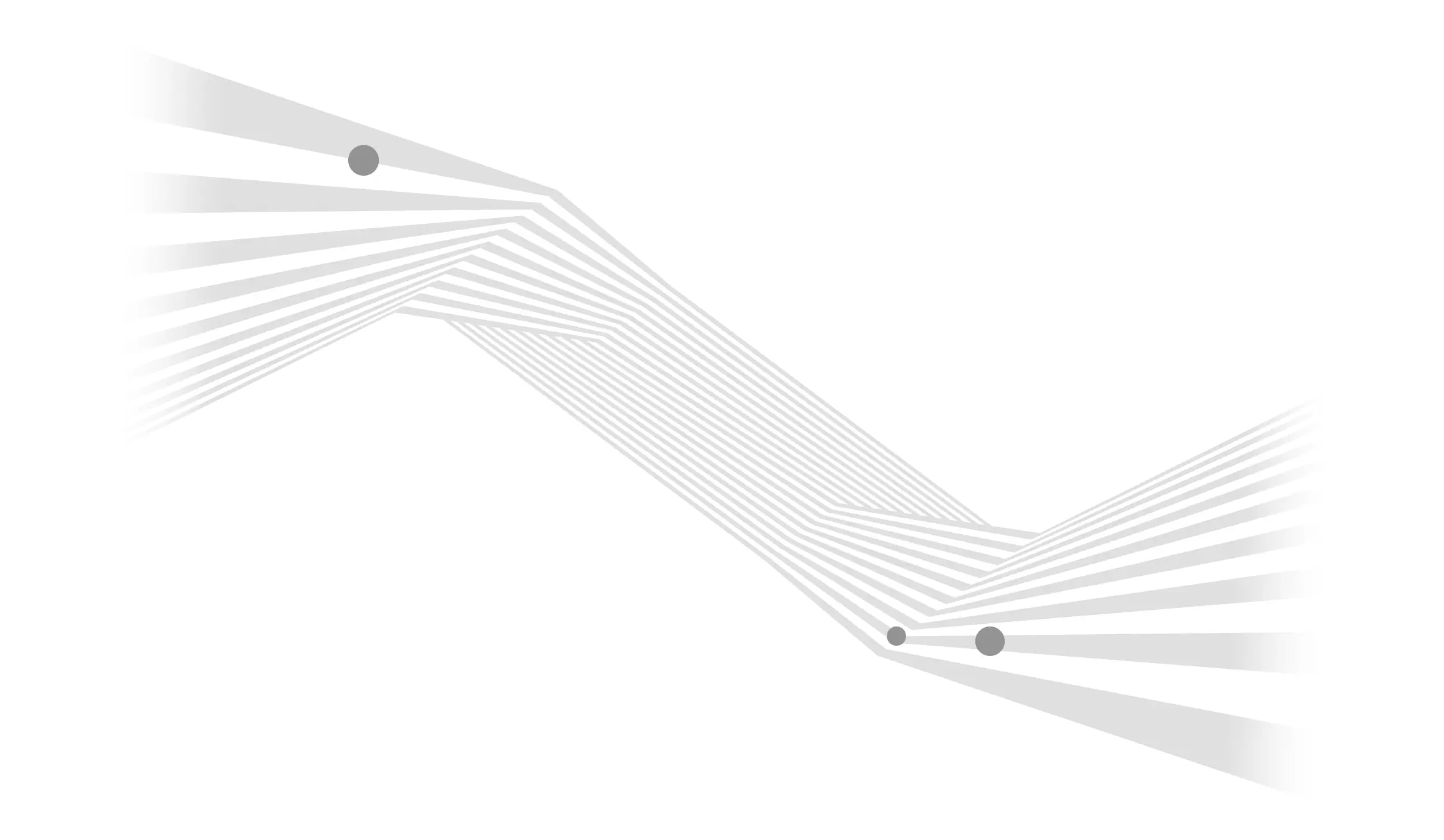Jon Vokes
Senior Front-end Designer and Developer


Choosing the right developer or agency to build your WordPress site is about more than design and functionality. The way your site is built behind the scenes can determine whether you’ll have a smooth experience updating and maintaining your website… or end up stuck with costly headaches down the road.
Too often, businesses inherit WordPress sites built on custom themes or heavily modified child themes. While this might seem fine at first, problems arise when the original developer is no longer around. Updates fail, plugins break, and you’re left with a site that’s hard to maintain.
This guide will help you avoid those pitfalls and set yourself up for long-term success.
Not all WordPress developers work the same way. When evaluating a partner, ask:
If answers sound vague, overly technical, or designed to keep you dependent on them, that’s a red flag.
A custom-developed theme might sound appealing because it’s “unique to your business.” In reality, many agencies build this way to create dependency. If you leave, you’ll struggle to find another developer familiar with their custom setup.
Downsides include:
Custom themes aren’t always bad, but businesses should fully understand the long-term implications before committing.
Child themes are a way to extend a parent theme while preserving customizations. They can be a great option… when maintained properly.
Things to consider:
Child themes are best used sparingly. They have viable uses, but only when you need a few enhancements beyond what the parent theme already provides.
Before you sign on with an agency or developer, read the contract carefully. Pay attention to:
Ask your developer to explain these details in plain language. If they can’t, or won’t, that’s a massive warning sign.
The most sustainable option is often the simplest: build on a well-supported theme that requires little customization. Established themes like Avada or Cornerstone are regularly updated for compatibility with WordPress, PHP, and popular plugins.
Benefits include:
In short, the less your site depends on custom code, the easier it will be to maintain and grow.
Your website is an investment that should support your business for years, not tie you to a single developer. By asking the right questions, understanding the risks of custom and child themes, and choosing sustainable solutions, you’ll avoid unnecessary technical debt and keep your site running smoothly.
If you’re considering a WordPress project, make sure you know exactly what you’re getting – and what it means for your future. At Aztek, we work with businesses to help them weigh their website options based on your current goals and timeline. Reach out today if it’s time to rebuild or upgrade your website.
